Art in the Aral Sea: can craft help heal community living through ecological catastrophe?
Travelling to Uzbekistan, artist Olga Shurygina wanted to collaborate with locals. What started as a photo series exploring the aftermath of the Aral Sea disaster, has grown into a nationwide art project celebrating Uzbek craft and community.
Olga Shurygina’s artistic journey started from a personal drive to connect with her grandmother in Uzbekistan. Specifically, she wanted to learn more about her grandmother’s life as a textile artist. She travelled to Magilan in the Fergana valley, a region that is home to an expansive textile industry. Spanning photography, sculpture, and moving image, Shurygina has worked on numerous visual projects about Uzbekistan, its daily life, communities, and customs. These often include found objects and images, which the artist uses to share personal histories, ask questions about collective memory, and meditate on inherited traumas.
Shurygina’s work is not exactly an investigation into Soviet history, rather a collection of personal experiences that address broken links which exist within families and between countries, in the hope they might one day be restored. These manifest as estranged relatives, forgotten stories, or disrupted correspondences that, when amassed together, create a space for healing. A majority of the artist’s practice looks into female labour and creativity, and women’s place in Uzbek culture and society, while also elevating the personal and domestic into the realm of art.
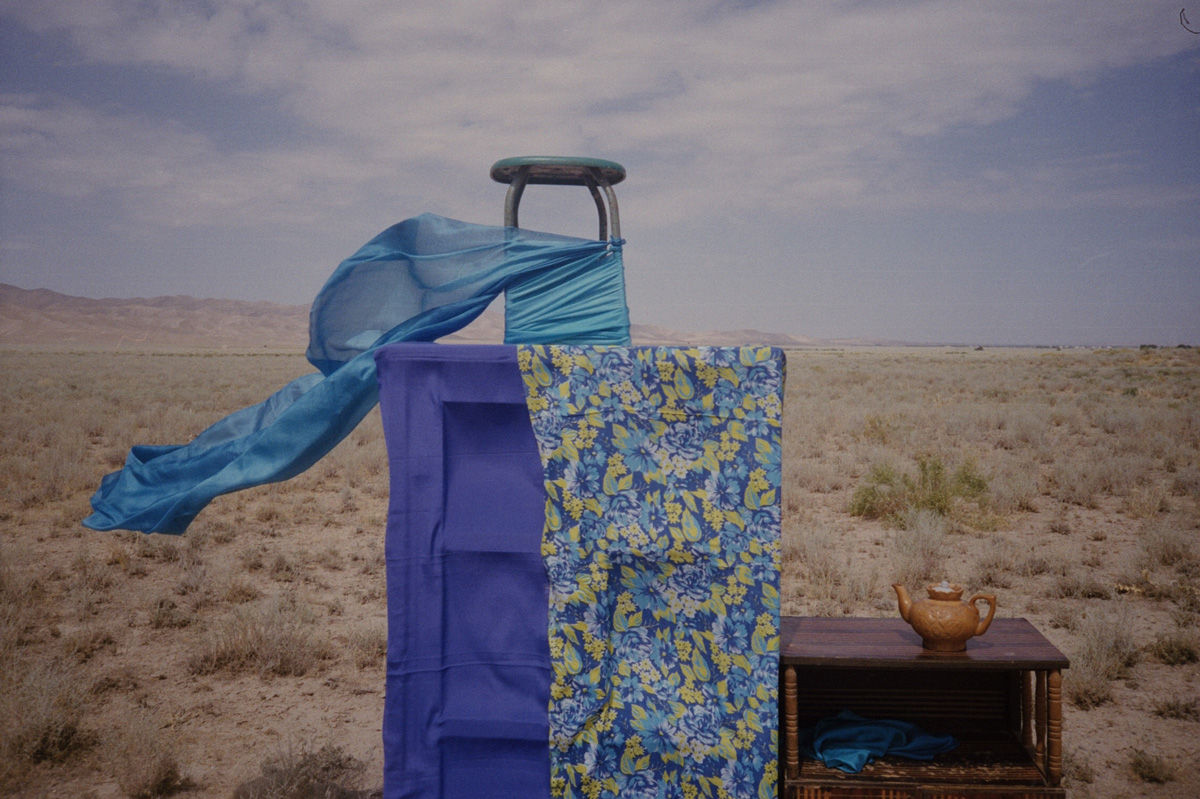
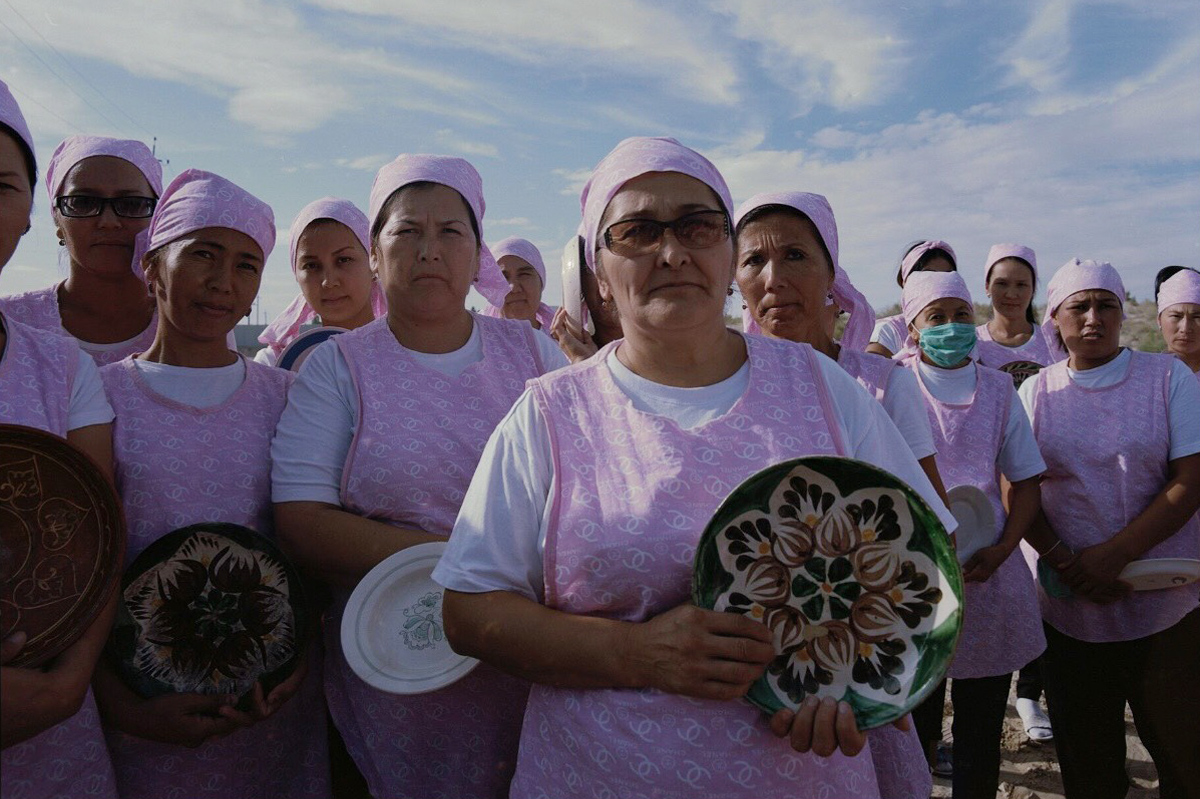
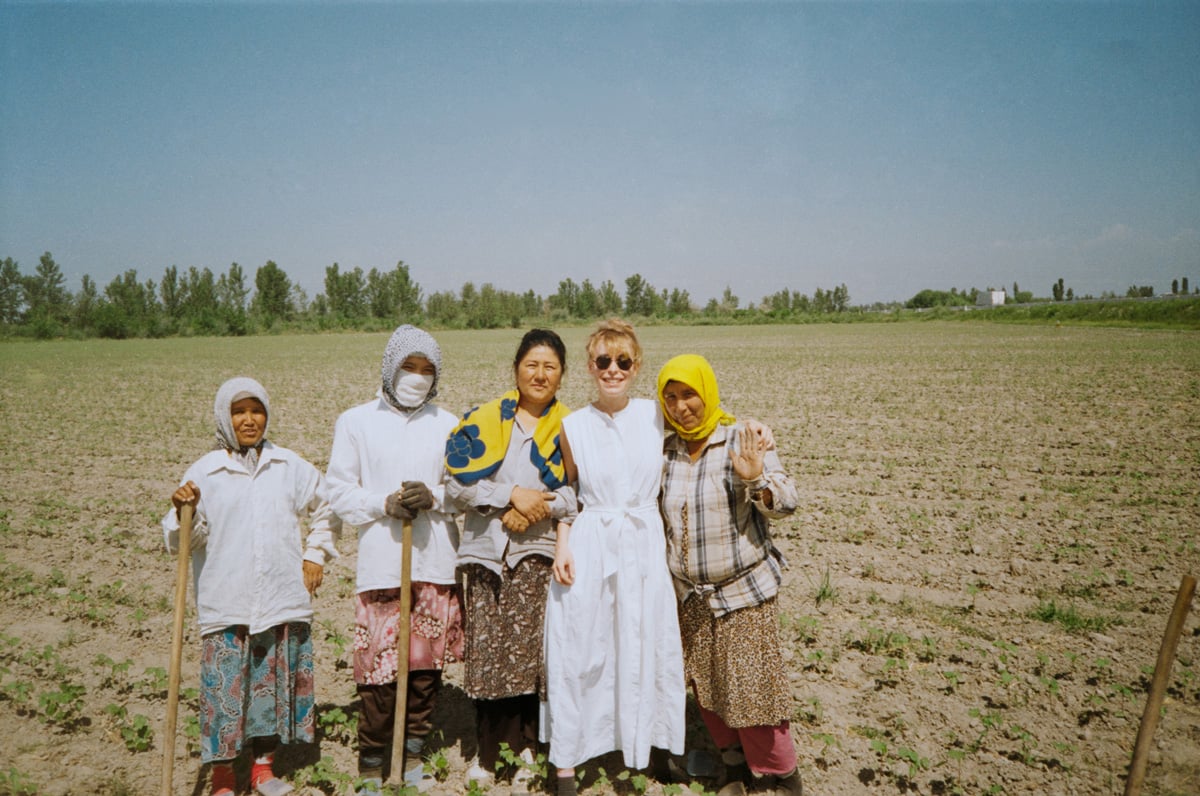
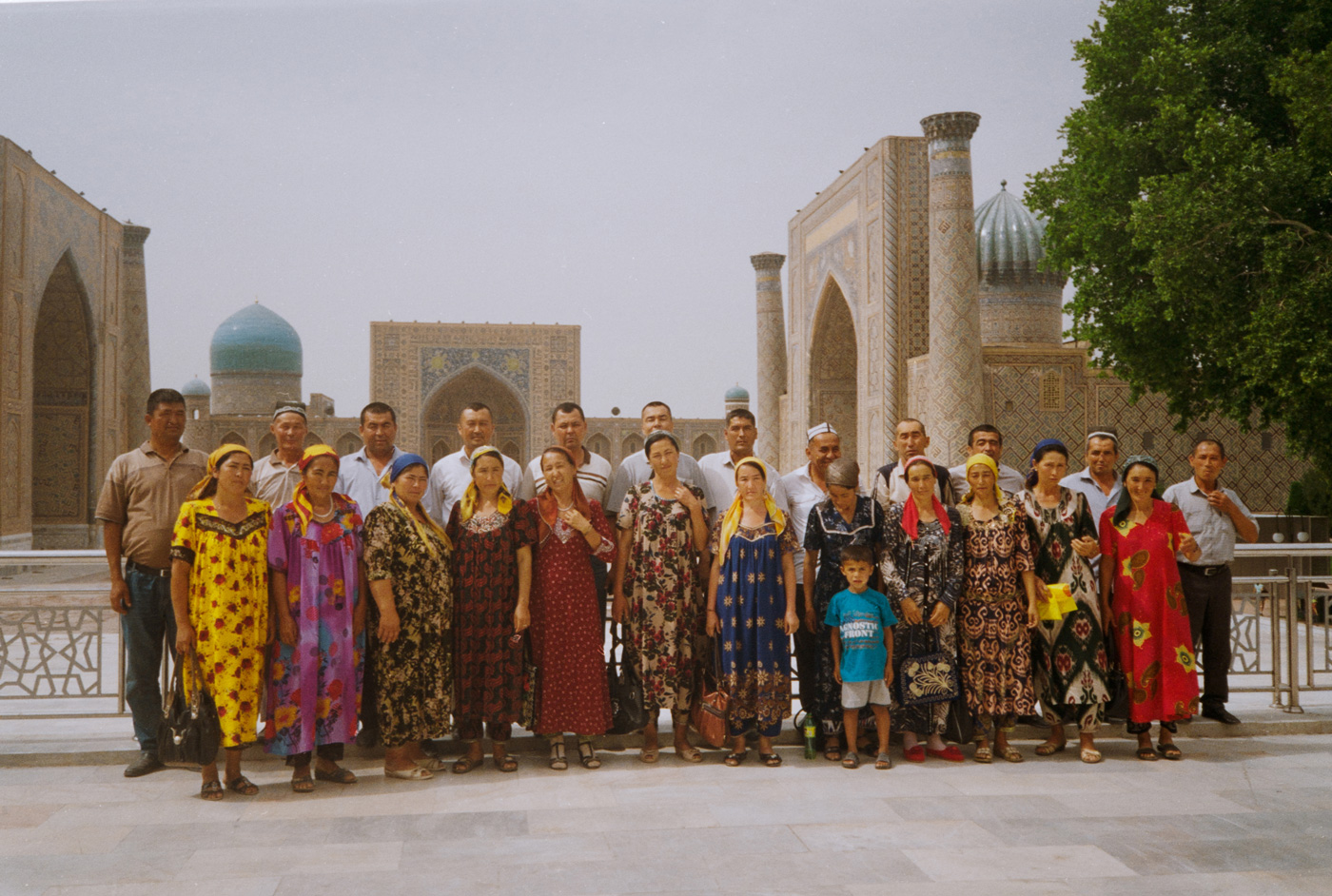
Plates and textiles crop up in Shurygina’s practice. For her latest project, Mirage, she goes as far as to include soil: in this case, taken from the Aral Sea, parts of which have been reduced to desert following a failed Soviet irrigation project in the 1960s. She invited the residents of the former port, Moynaq, to participate in the making of the series, which explores the after-effects of the ecological disaster. Each person was asked to bring a plate that would be used to make an installation on the dry surface of the sea. The end result is deeply moving: the combination of fragile ceramics on devastated land and smiles on the locals’ faces make for a defiant symbol of survival and unity.
For Russia Z, Olga Shurygina shares her family history and explains how her search for belonging caught the attention of Uzbekistan’s prime minister.
“My grandmother, Olga, spent all her life in Uzbekistan and worked as the chief textile artist in a factory in Margilan. I travelled to Uzbekistan three years ago when her husband had died and her health was deteriorating. At the time, I felt I really had to meet her and that I was missing out on something very important — not only a relationship but a part of my identity. My first project Shuzbekistan was dedicated to my female bloodline, my connection with my grandma, and female symbols.
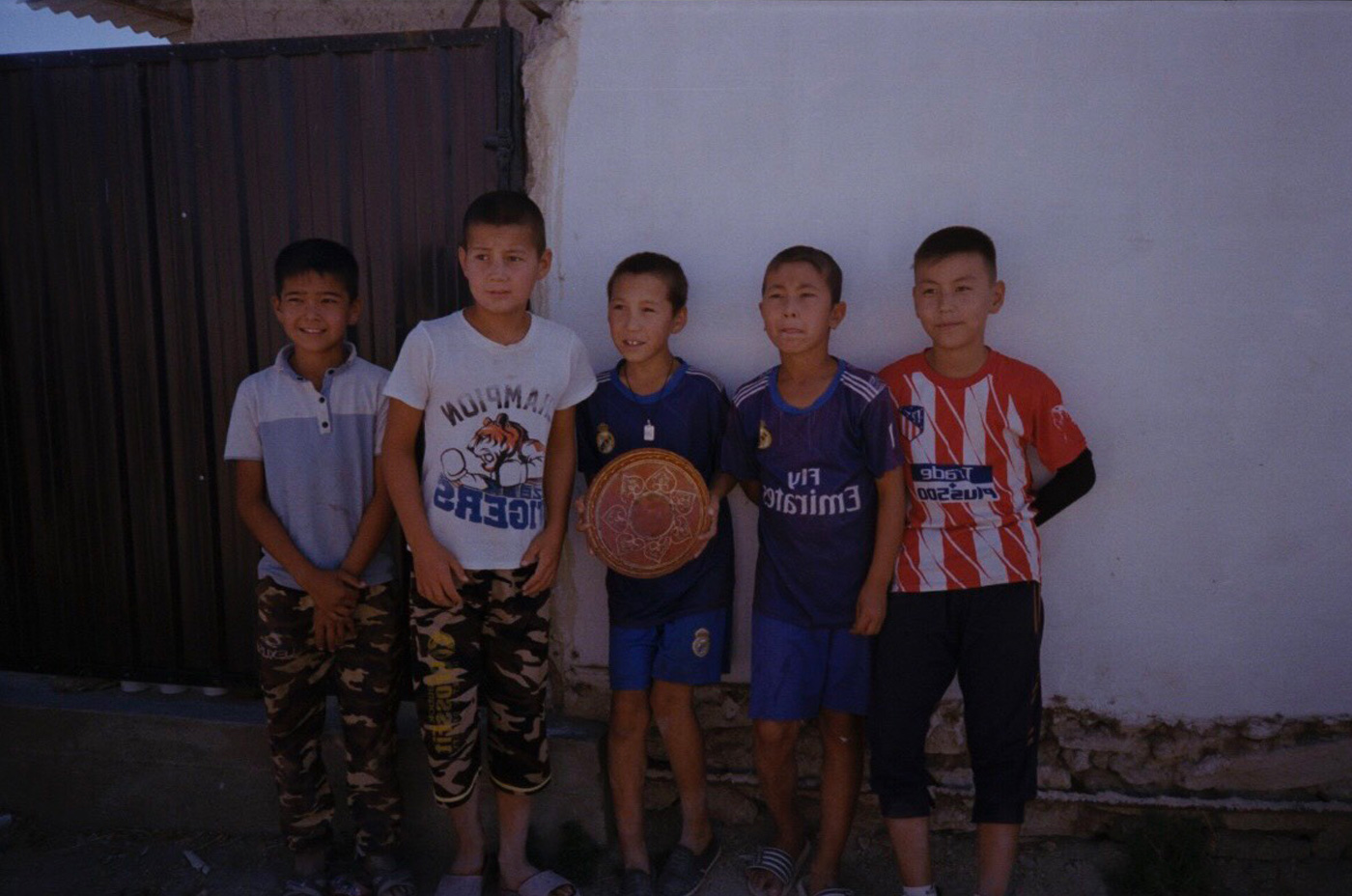
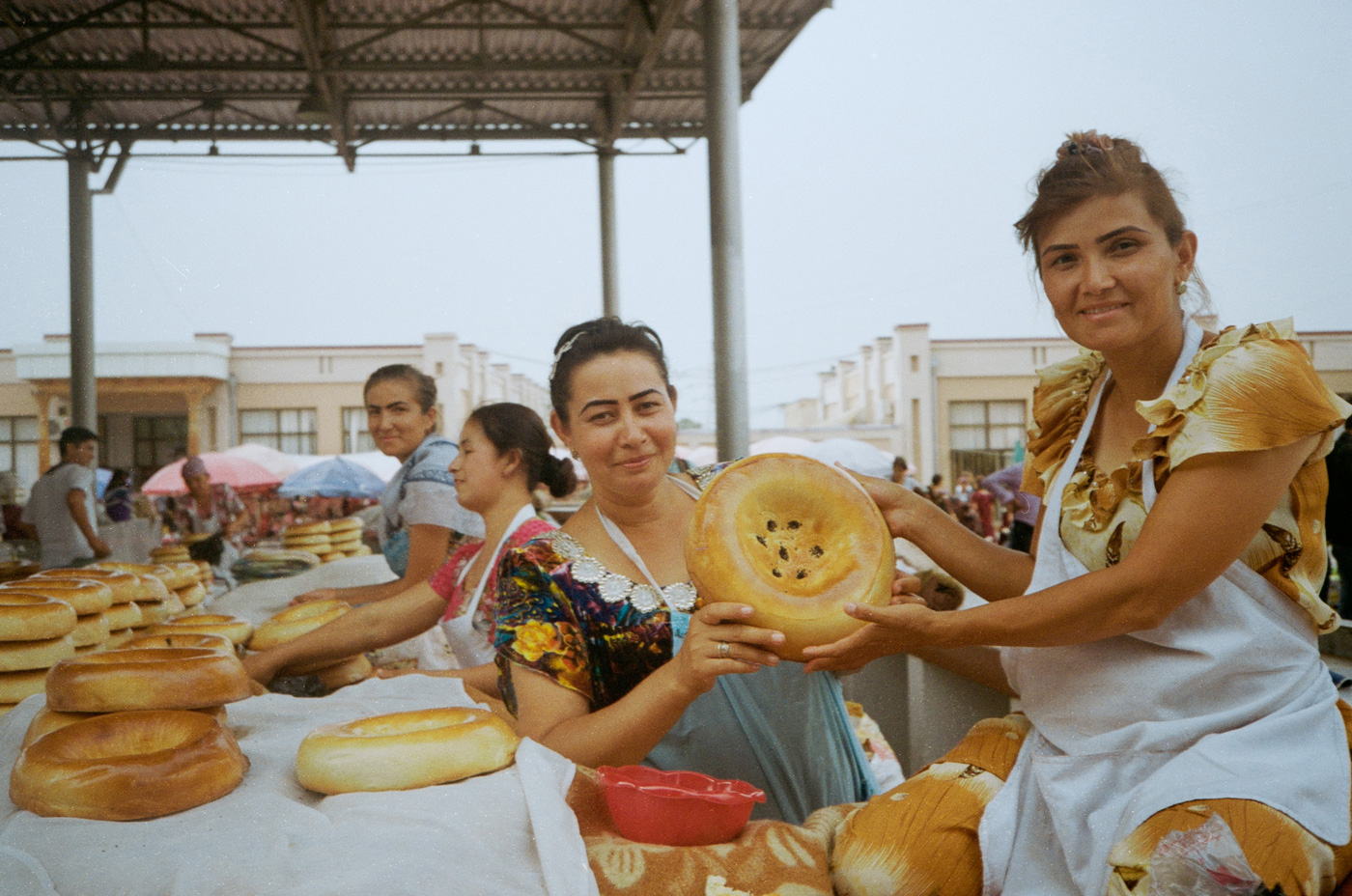
I fell in love with Uzbekistan on arrival, but my relationship with the country has always been two-fold. My grandmother, for example, loves Uzbekistan with all her heart, but also has a lot of painful memories: deprived childhood, a leg injury followed by unsuitable treatment which had left her scarred for life, the dissolution of the country, ethnic tensions and violence, immigration of friends and loved ones. There is duality to memory — a longing and trauma — and I certainly feel it. This duality helps me to create work which has a respectful distance.
In my work, I focus on the women in my family and the topic of gender; craft and its relationship to art; authenticity and social conditioning. I went from thinking of art as something significant and rational to embracing a more free and intuitive practice which has become a part of my life.
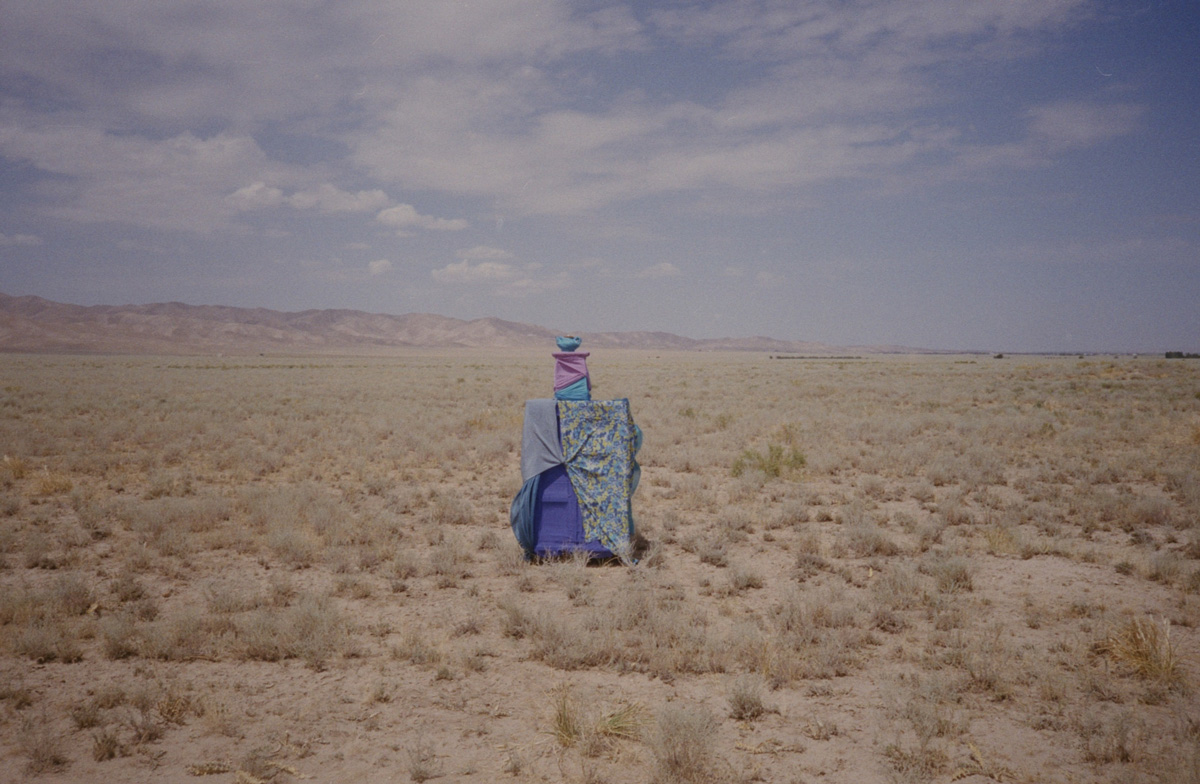
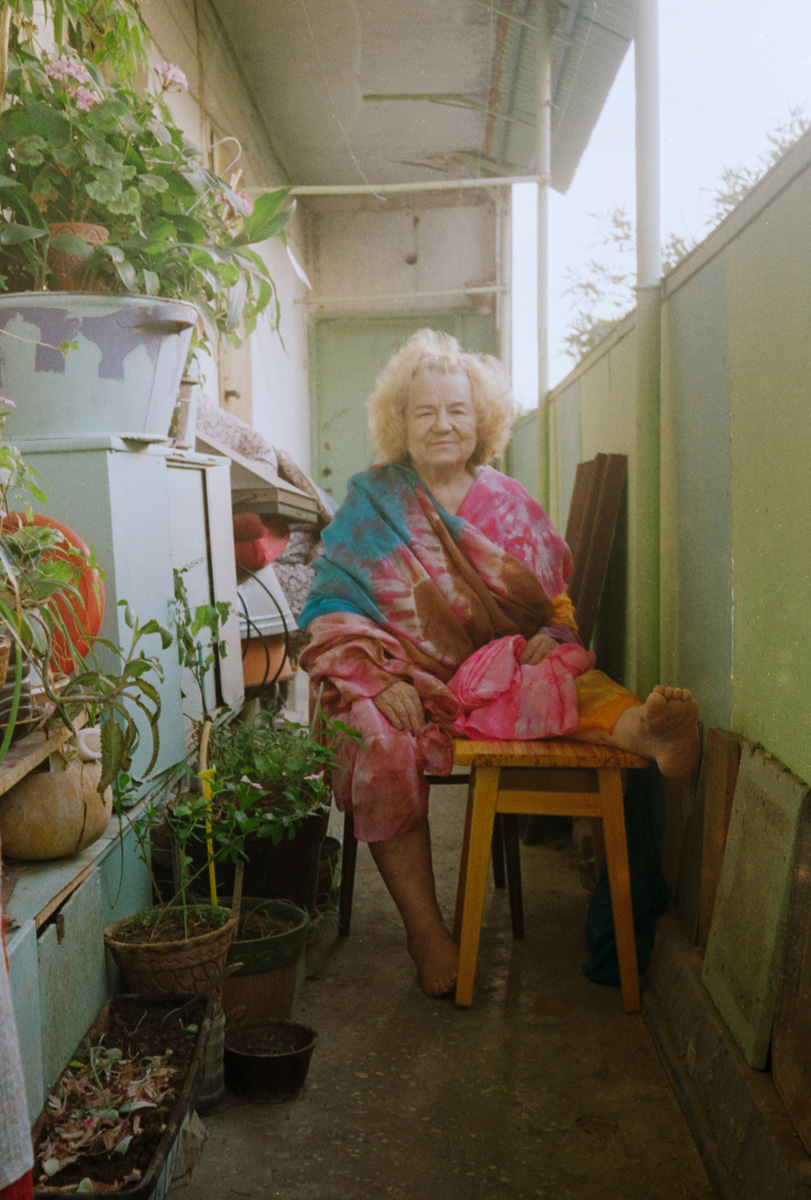
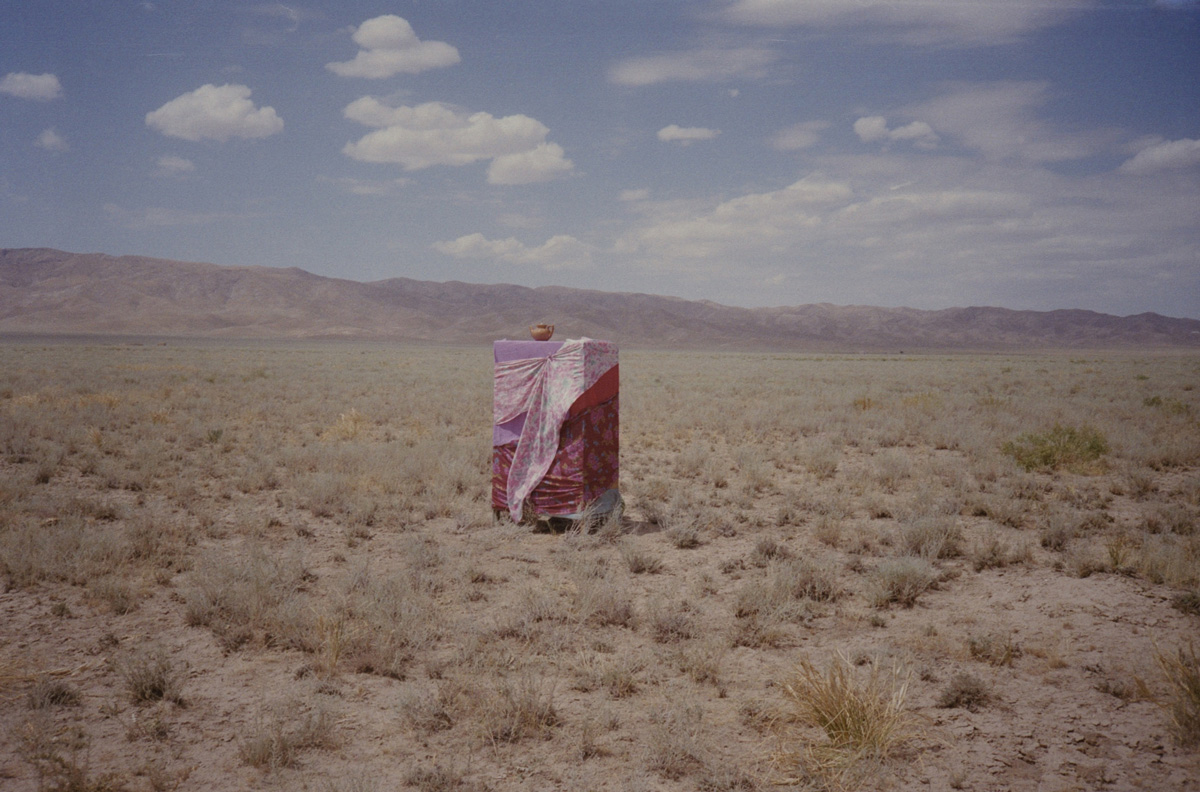
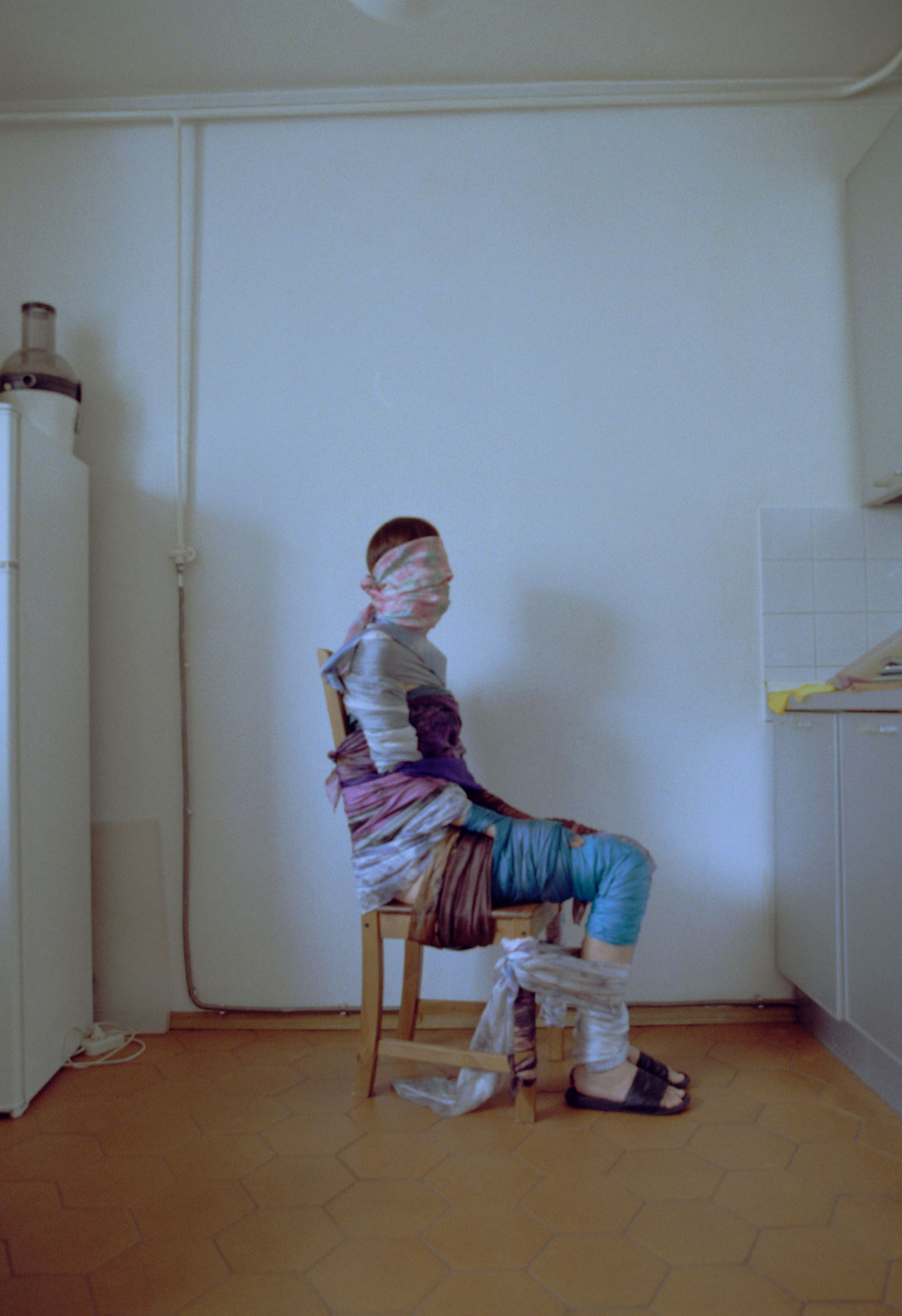
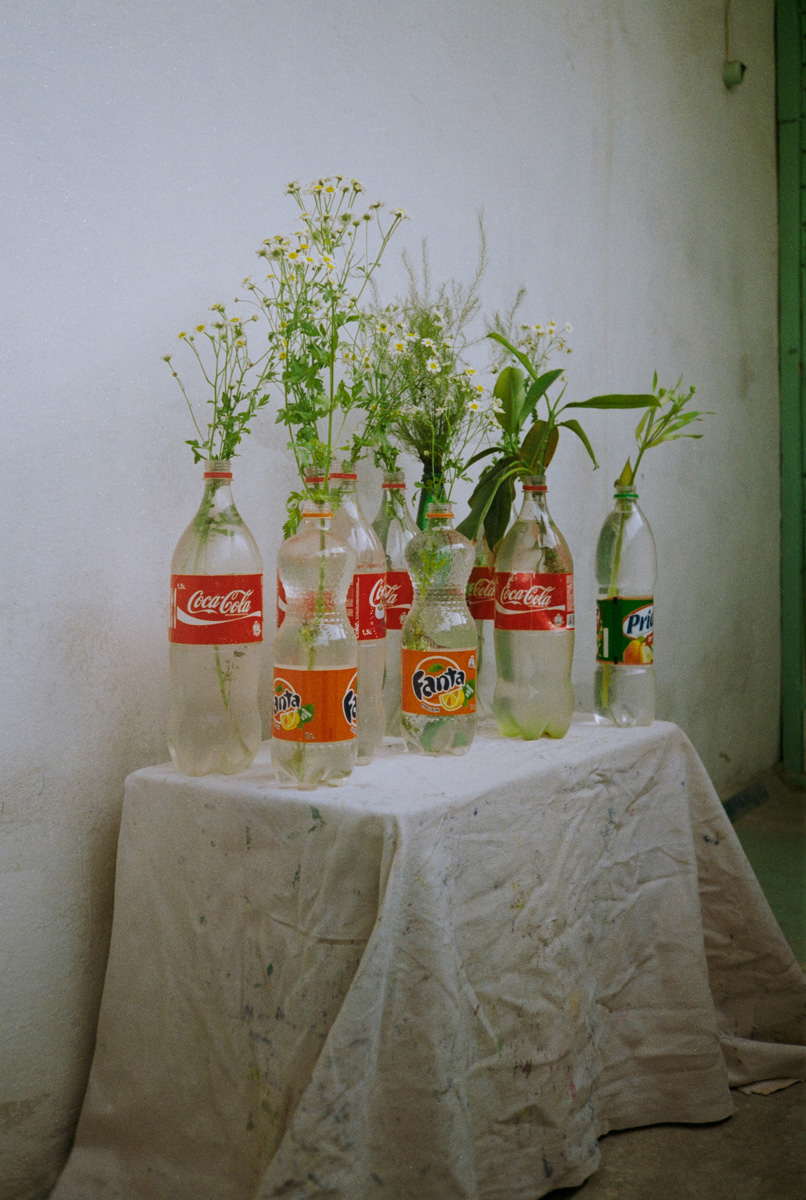
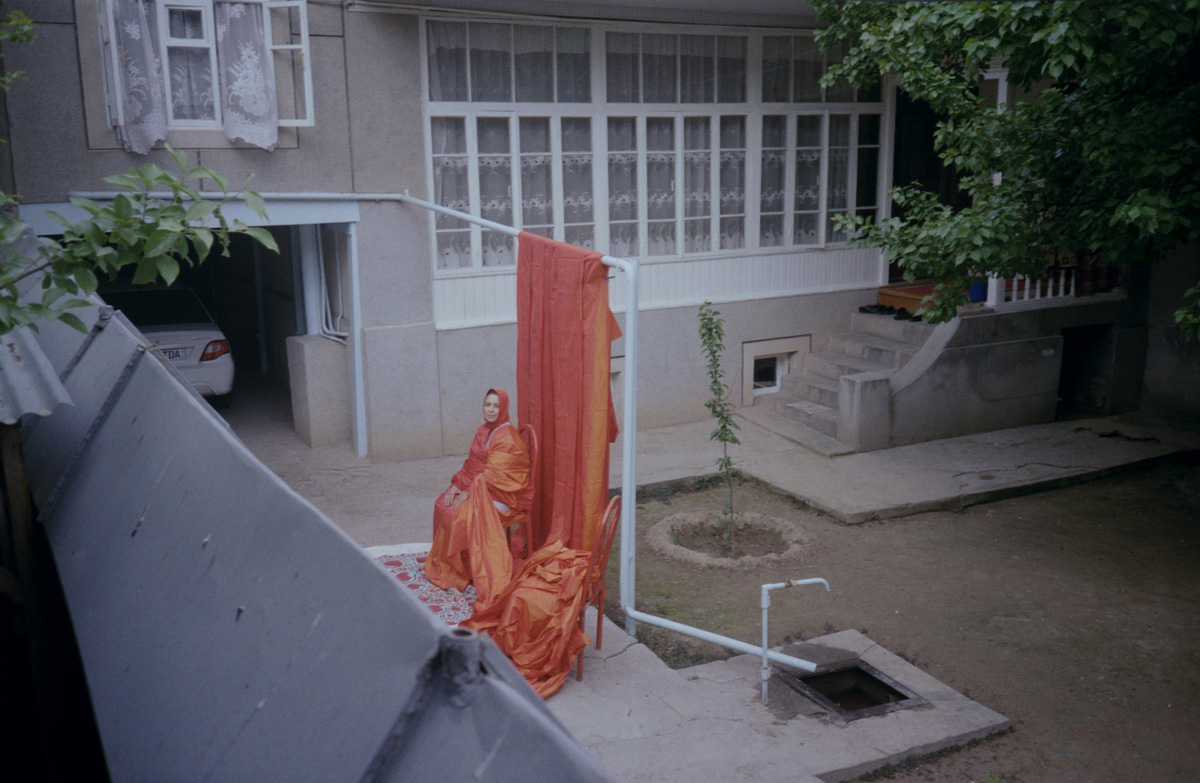
In my work, I focus on the women in my family and the topic of gender; craft and its relationship to art; authenticity and social conditioning. I went from thinking of art as something significant and rational to embracing a more free and intuitive practice which has become a part of my life.
When I think of Uzbek crafts, I think of the people and day-to-day life, national ornaments, Soviet printed fabrics, and ceramics. Ceramics and plates are somethings that are associated with Uzbek households, as well as warm and welcoming hospitality.
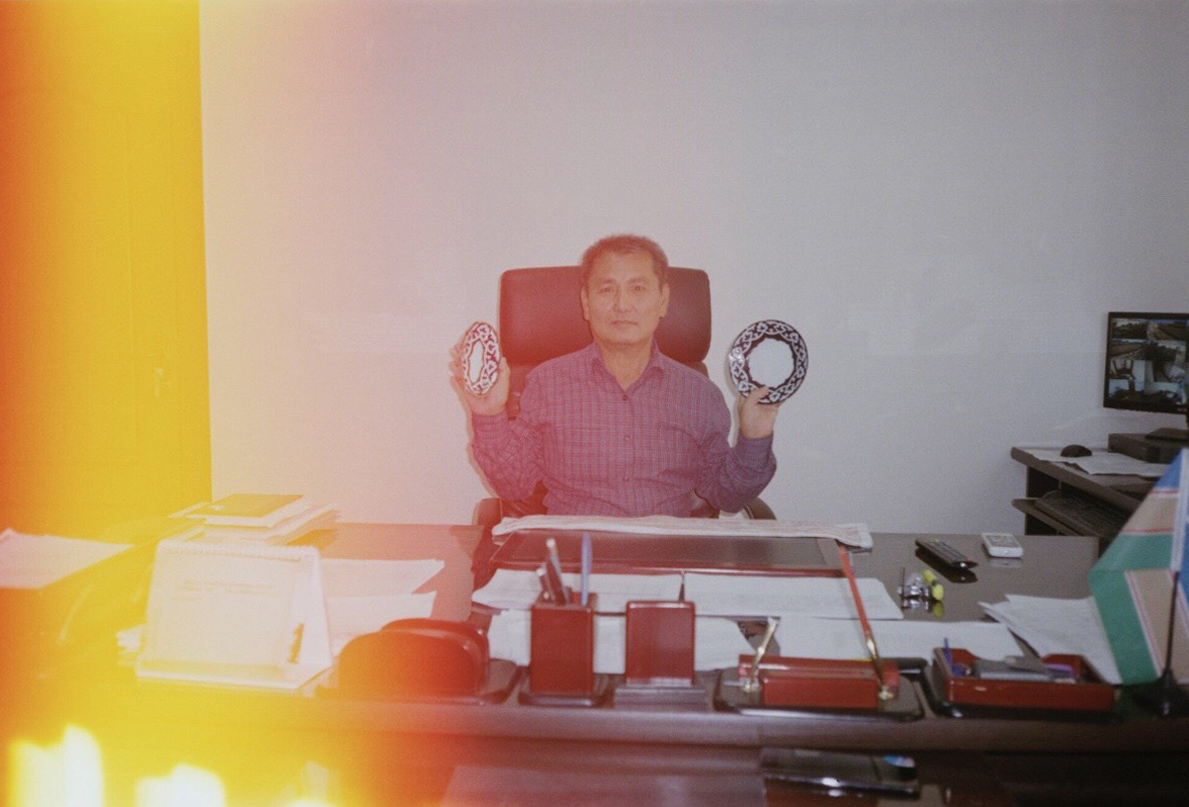
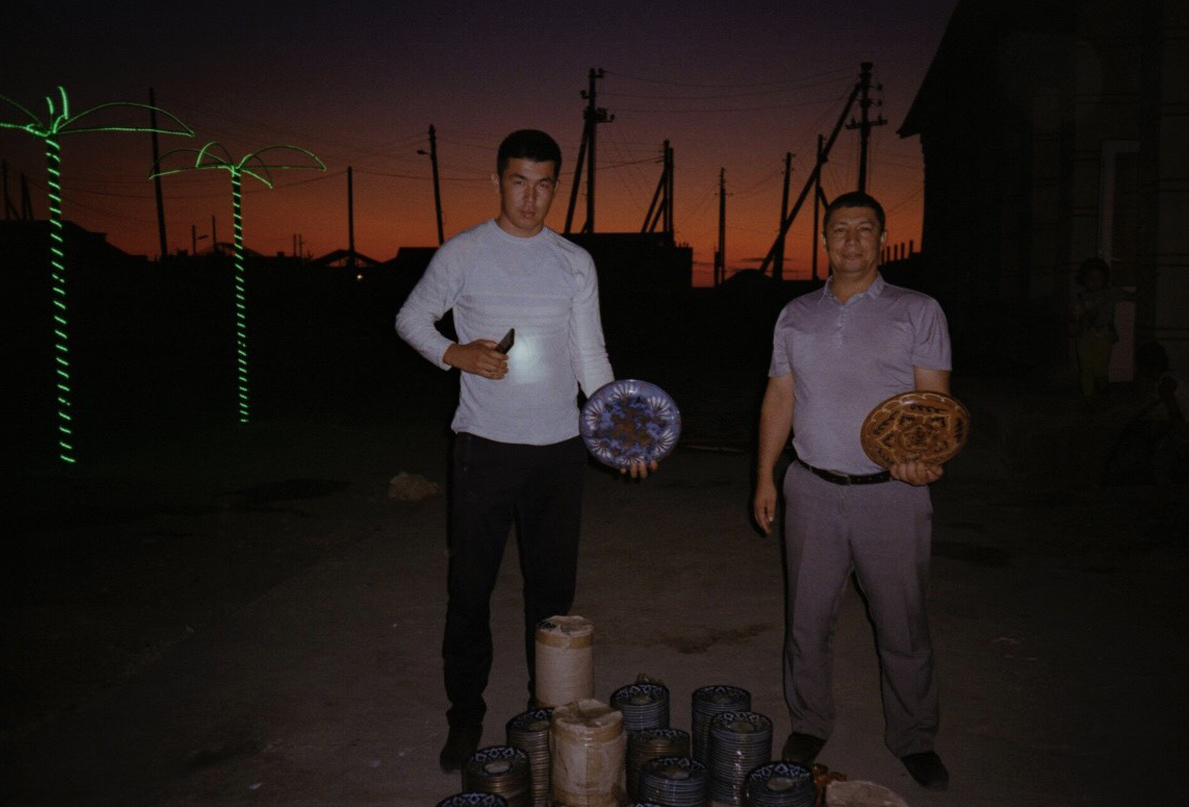
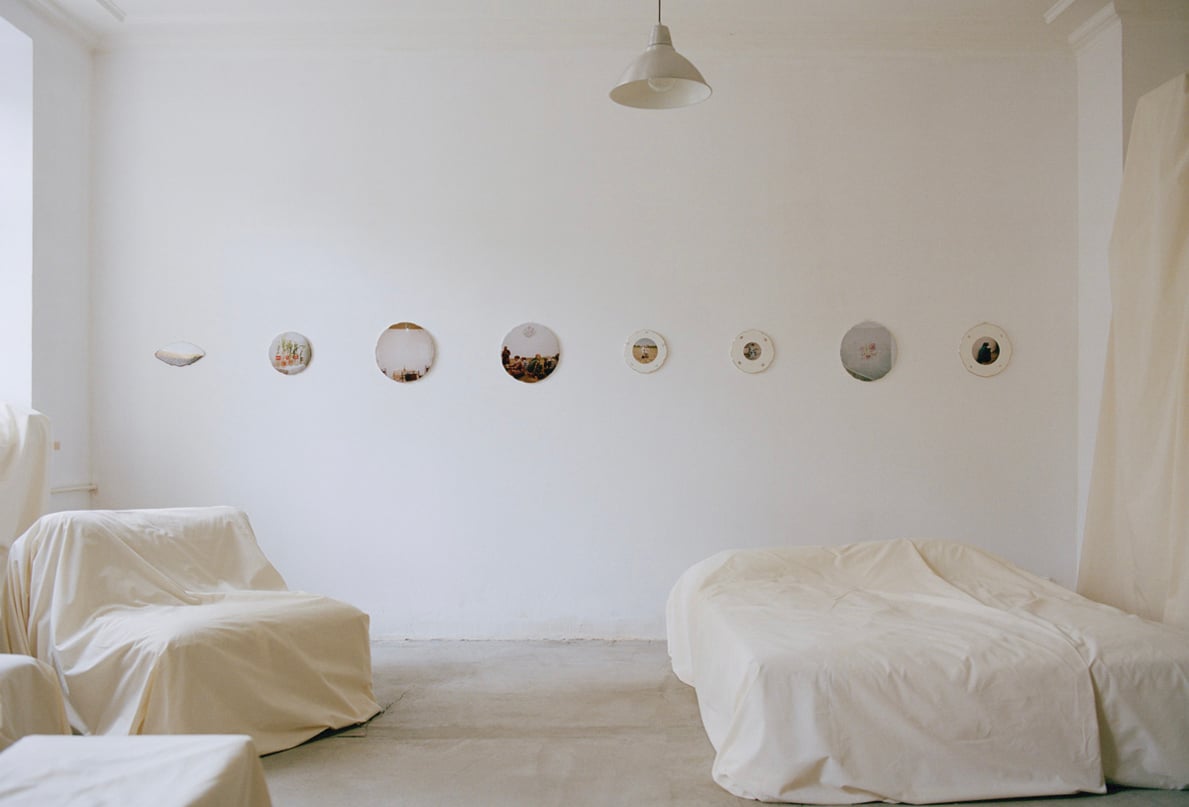
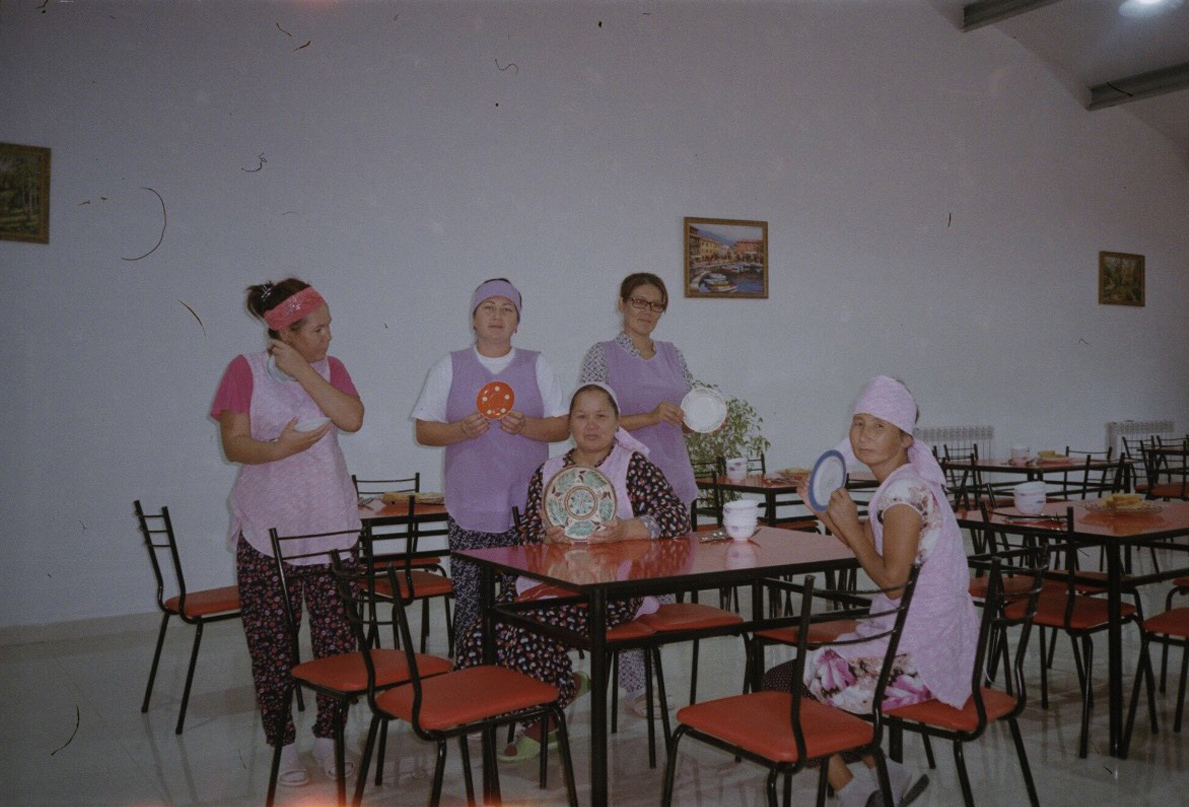
A plate in Uzbekistan is a sacred object often adorned with special ornaments and patterns relating to where it’s made. While working on Mirage, I found out that in certain areas of Uzbekistan and Kazakhstan, people pay their respects to the deceased before the funeral ceremony by bringing ceramics to someone’s grave — either to identify the person or to leave a drink for the spirits.
Mirage is a project about the Aral Sea, and the people still living through one of the greatest ecological catastrophes in recent history. Last August I went to Moynaq, a former port town, and asked every person in town to share one ceramic plate which I could use to create a mirage at the bottom of the dried out sea. I began by sourcing plates at people’s houses, then the textile factory, local authorities and schools. After that, the process carried on without me and the project took on a life of its own. On his Facebook page, the deputy prime minister of the country asked all the citizens of Uzbekistan to participate in the project. People from different regions started collecting plates and taking group pictures with them. The ministry of tourism gave me 1,000 plates with depictions of cotton. In the end, I collected 3,000 plates, and the project was covered by national Uzbek TV. Each local is credited as a co-creator. I would like to continue and collect 10,000 plates and to involve the whole country.”